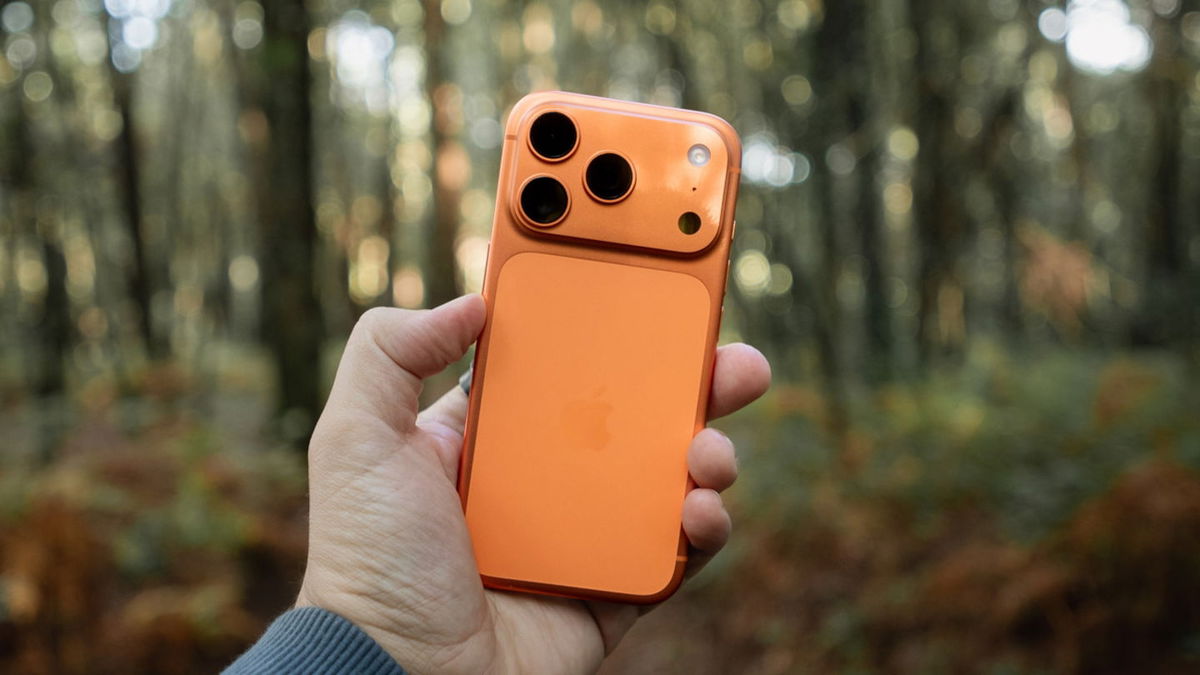These cross-linkers use m-xylene diisocyanate (XDI) or 1,3-bis(isocyanatomethyl)cyclohexane (H6XDI) as hard segments and poly(ethylene glycol) groups as soft segments. The incorporation of these materials into pressure-sensitive adhesives has significantly increased their renewability compared to traditional methods.
The resulting adhesive showed remarkable stability against repeated deformations, making it suitable for applications that require both flexibility and recyclability, such as foldable displays. It maintained high optical transmittance (>90%) even when stretched up to 20%.
This breakthrough in adhesive technology addresses the challenge of balancing adhesive strength and flexibility, opening up promising opportunities for flexible electronic devices.
Source: Ferra
I am a professional journalist and content creator with extensive experience writing for news websites. I currently work as an author at Gadget Onus, where I specialize in covering hot news topics. My written pieces have been published on some of the biggest media outlets around the world, including The Guardian and BBC News.











